What's the trick to growing squash up a trellis?
21 days ago
Featured Answer
Sort by:Oldest
Comments (11)
- 21 days ago
Related Professionals
Secaucus Landscape Contractors · West Milford Landscape Architects & Landscape Designers · Erie Landscape Architects & Landscape Designers · Lakewood Landscape Contractors · Mendota Heights Landscape Contractors · Merced Landscape Contractors · Peoria Landscape Contractors · Middle Island Driveway Installation & Maintenance · Round Lake Beach Driveway Installation & Maintenance · Fort Lee Landscape Architects & Landscape Designers · Paterson Landscape Contractors · El Monte Fence Contractors · Lansing Fence Contractors · Turlock Fence Contractors · Yorba Linda Fence Contractors- 20 days agolast modified: 20 days ago
- 20 days ago
- 20 days agolast modified: 20 days ago
- 20 days ago
- 20 days agolast modified: 20 days ago
- 20 days ago
- 20 days agolast modified: 20 days ago
- 16 days ago
- 16 days ago
Related Stories

EDIBLE GARDENSSummer Crops: How to Grow Squash
Almost foolproof and with cheerful flowers, squash comes in a wide range of varieties to plant in spring
Full Story
EDIBLE GARDENSSummer Crops: How to Grow Pumpkins
Start in spring to grow your own fall decorations and have plenty left for pies
Full Story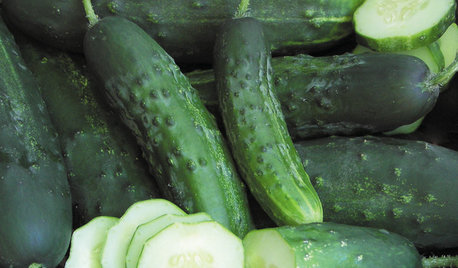
SUMMER FRUITS AND VEGETABLESSummer Crops: How to Grow Cucumbers
Pick a peck for pickles or opt for fewer and raw — no matter how you slice them, cucumbers are great for summer gardens small to large
Full Story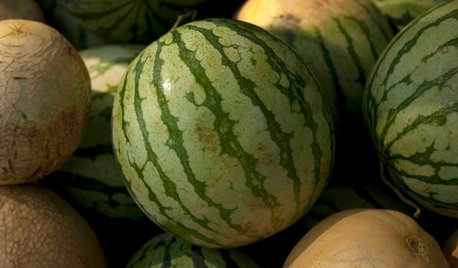
GARDENING GUIDESSummer Crops: How to Grow Melons
Drink in the refreshing sweetness of melons from your own garden this summer — they can last well into fall too
Full Story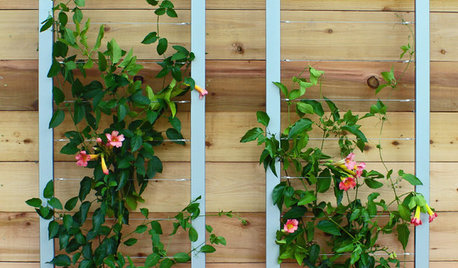
LANDSCAPE DESIGNSee 10 Ways a Trellis Can Boost Your Garden
Use a trellis to increase privacy, divide garden rooms, give vines a place to climb, and more
Full Story
FARM YOUR YARD10 Easy Edibles to Grow in Containers
These herbs, vegetables and fruits are just as happy in a pot as they are in the ground
Full Story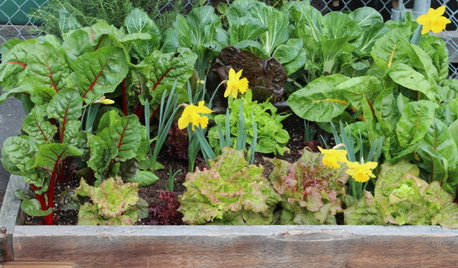
FARM YOUR YARDGrow a Kitchen Garden in 16 Square Feet
Got a sunny 4-by-4 space? You can make meals more interesting with your own vegetables and herbs
Full Story
LANDSCAPE DESIGNLandscaping Tricks to Manage Stormwater Runoff
Help rainwater absorb slowly back into the earth with paving grids, gravel beds and other porous systems
Full Story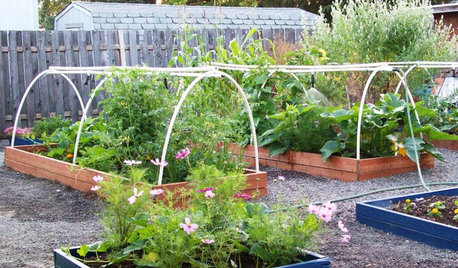
FARM YOUR YARDHow to Grow the Edible Garden That’s Right for You
Choosing the vegetables you want to plant this year will be easier if you keep a few guidelines in mind
Full Story
SUMMER GARDENINGHow to Grow Basil
Bright color, quick growth and endless uses for cooking make this summer annual a winner in the garden or a pot
Full Story







Heruga (7a Northern NJ)